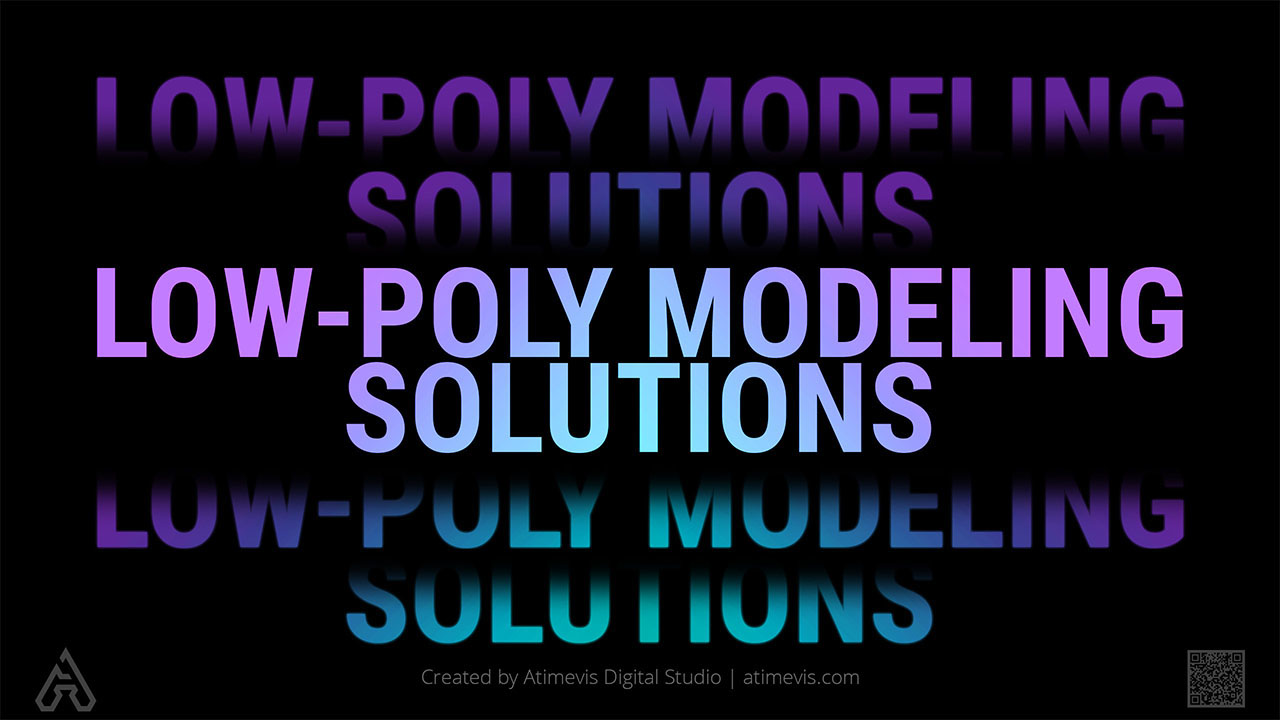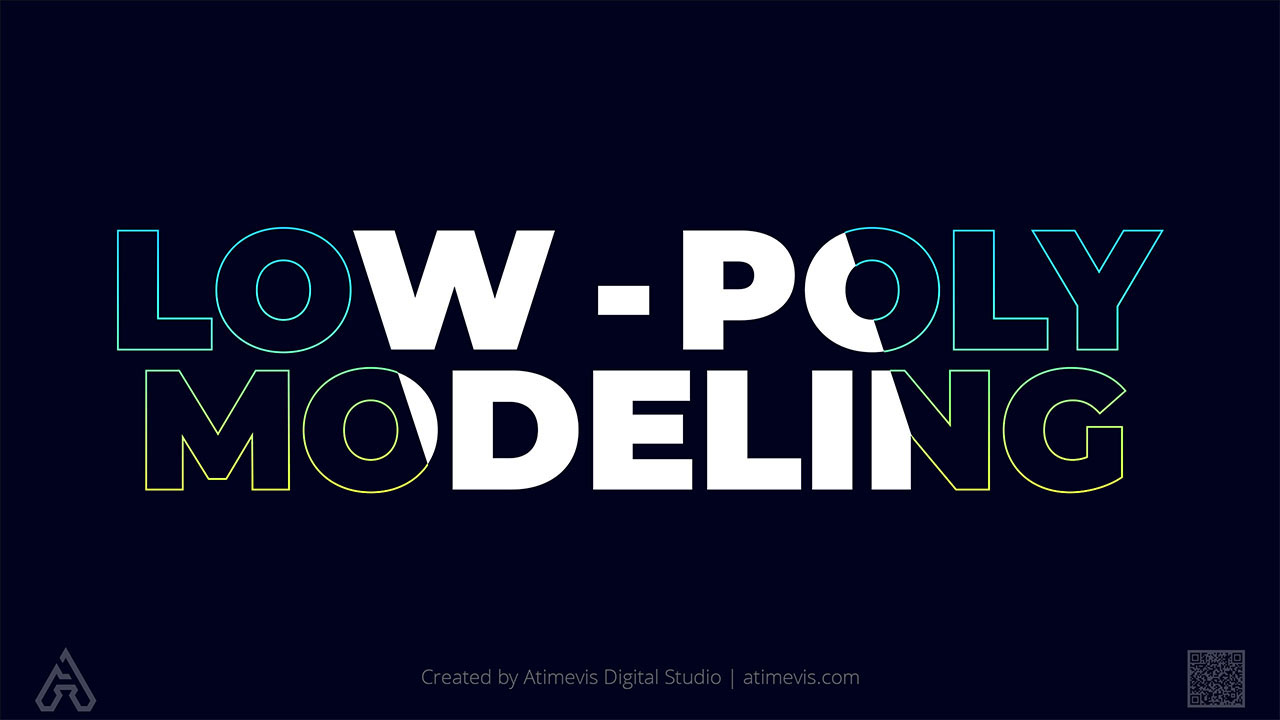Low Poly 3D Modeling Design Services & Products by Working Studio Atimevis

Low-Polygon Prototyping Proposals
Welcome to our minimalist simulating offering page, find below the exact right remedy for your needs

What is Low Poly?
This is a popular technique in CG, which is characterized by the fact that the created representations contain a minimum number of polygons. In contrast to the classic high-detailed options, which aim to display all the complexity of the composition, this direction is centered on simplicity and efficiency.
The true conceptually of this method lies in the development of objects using a limited quantity of elements, while maintaining the essence of the shape or form. By simplifying the structure, models become lightweight and have smaller file sizes, building them ideal for real-time applications such as games and interactive multimedia.
One of the main advantages of this approach is its performance. With fewer faces, rendering and animation go faster and more efficient, resulting in a smoother immediate experience. Low-poly prototypes also require less processing power, making them accessible across a variety of platforms and devices.
The creation process demands careful planning and practical skills. Professional artists often start by defining the basic framework of an item with a few key segments. These parts are then extruded, beveled, or modified to add volume and detail. The focus is on capturing the overall pattern and silhouette rather than intricate surface characteristics.
This way of producing often uses flat shading or textures of the base materials to keep them stylized. This manner lends itself well to a multiplicity of visionary interpretations and can craft a unique visual aesthetic. In addition, such pieces can be easily styled or transformed to suit different artistic courses or artwork requirements.
Ready-made commodities are used in various fields, including computer and mobile games, virtual reality, embellished visualization and many others. Their design plain-dealing and clear productivity advantages make them the preferred choice for projects that prioritize optimization and instant projection.
Thus, it is a beautiful and versatile type of constructing that allows designers to make visually appealing goods that do not need large computational resources. Thanks to the active improvement of digital technology, products from this area have turned widespread.